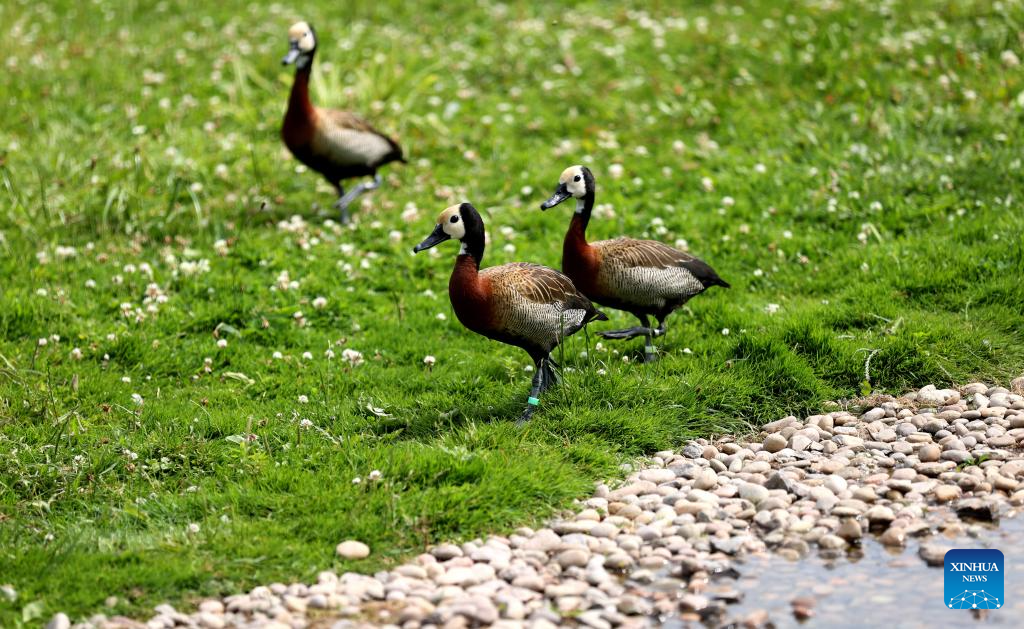LensToLens: Wetlands guard bird species from plateau to urban landscape

This photo taken on June 20, 2025 shows white faced whistling ducks at London Wetland Centre in London, Britain. As an important part of the world's ecosystem, wetland plays a huge role in many aspects including ecology, environment, economy and society.
Known as an extra lung for Londoners, the London Wetland Centre is an urban ecological paradise transformed from industrial wasteland on the banks of the River Thames.
The site was formerly four reservoirs operated by the Thames Water Company, which supplied drinking water to the southwest of London. The London Wetland Centre began construction in 1995 and was completed and opened to the public in 2000.
Visitors to the centre can observe numerous endangered bird species, with over 200 species observed and recorded in the area, embodying a harmonious balance between urban life and nature.
The unique geographical environment of Xizang nurtures distinct biological communities, housing many rare species. In efforts to protect the plateau's wildlife, Xizang has established a system of natural reserves centered around national parks.
The black-necked crane, a species under first-class state protection in China, is the only crane that breeds and lives in high-altitude regions worldwide. The black-necked crane not only symbolizes auspiciousness and beauty but also serves as a vital link in the ecological chain, reflecting the condition of high-altitude wetlands through their survival and migration patterns.
In recent years, the Xizang Autonomous Region has implemented various ecological construction projects, resulting in a yearly increase in the population of black-necked cranes, which now exceeds ten thousand individuals.
Whether on China's plateau or in the urban landscapes of Britain, the harmonious coexistence between humans and nature remains a shared aspiration. (Xinhua/Li Ying)


